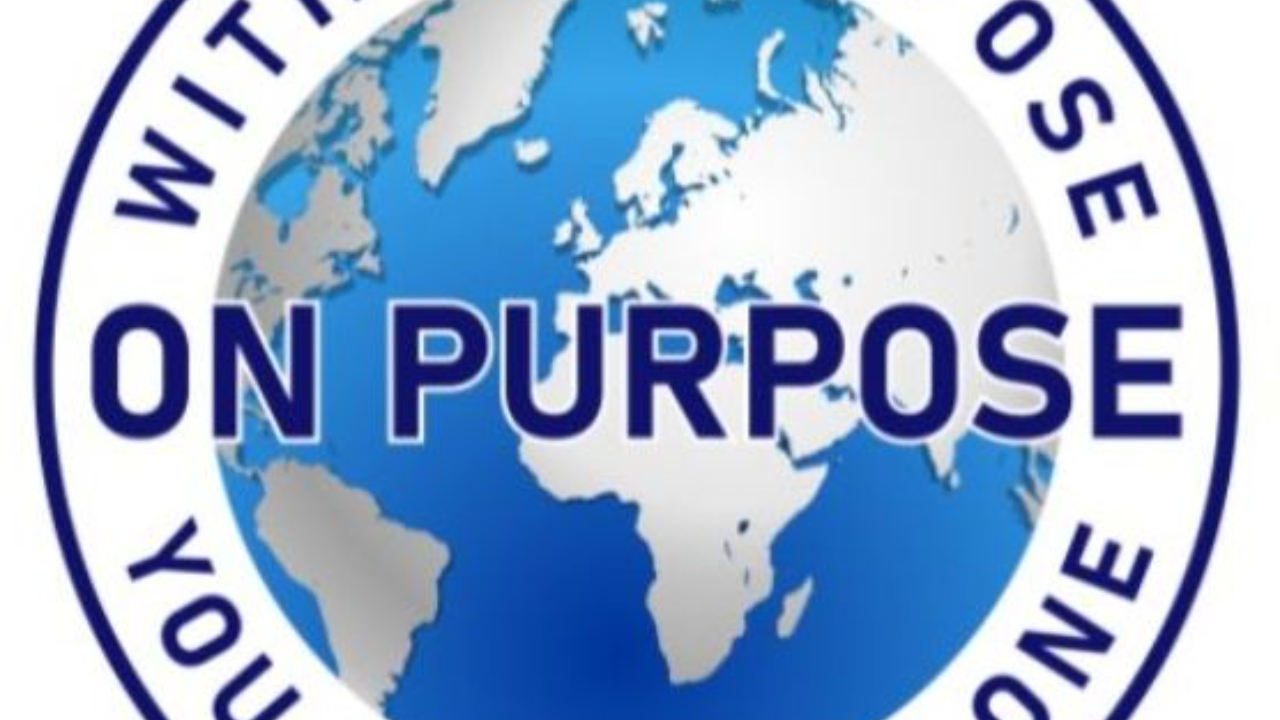Dr. Fred Barge - the creeping tide of musculoskeletal reductionism
Mar 28, 2025
By chiroonpurpose.com
In 1997, Dr. Fred Barge sat down with Christopher Kent and Patrick Gentempo for an On Purpose interview that should be required listening for every chiropractor today. At the time, Dr. Barge’s message was already a clarion call to protect chiropractic from the creeping tide of musculoskeletal reductionism. What he warned about then — the watering down of chiropractic's identity and the shift toward back pain treatment models — has not only come to pass but has accelerated.
Now, nearly three decades later, Dr. Barge’s insights are even more relevant as chiropractic finds itself at a dangerous crossroads. The profession is under increasing pressure to conform to a narrow, symptom-based model of care. Meanwhile, the foundational tenets of chiropractic — vitalism, subluxation correction, and the innate healing potential of the body — are being marginalized in favor of evidence-based musculoskeletal care. Dr. Barge’s interview serves as both a history lesson and a wake-up call for the future.
A Legacy Rooted in Principle
Dr. Barge's journey into chiropractic began early, influenced by a family legacy of chiropractors. He shared how his aunts, originally nurses, became chiropractors after witnessing the profound results of chiropractic care. This deep-rooted exposure to chiropractic as a distinct healing art shaped Dr. Barge’s unyielding commitment to its foundational principles.
He recounted his early days at Palmer College in the 1950s, when B.J. Palmer was still active and the atmosphere at the school was charged with purpose. Students weren't learning how to treat back pain — they were witnessing people carried into the Palmer Research Clinic on stretchers and walking out under their own power. Chiropractic was about restoring life and health, not simply managing pain.
"There was no mindset of a back pain remedy," Barge recalled. "It was about epileptics, asthmatic children, people with serious health issues — and chiropractic was making a difference."
This is the chiropractic Dr. Barge fought to preserve — a vitalistic model rooted in the correction of subluxation and the body’s innate capacity to heal.
The Danger of Fear and Marginalization
One of the most powerful themes Dr. Barge touched on was the concept of "Life Without Fear." His book of the same title underscored the importance of removing fear — from both patients and chiropractors themselves.
He argued that the shift toward musculoskeletal care was being driven by fear — fear of rejection by the medical establishment, fear of standing alone, and fear of being perceived as "unscientific."
"Chiropractors today are chameleons," Barge said. "They feel the only way to survive is to become perceived as something other than what they are."
This fear, he argued, has led chiropractors to abandon their core identity. Rather than boldly proclaiming the power of innate healing through subluxation correction, many have retreated into the safety of treating back pain and headaches — outcomes that are easier to measure and quantify in the eyes of insurers and regulators.
Dr. Barge’s call to action was clear: chiropractic must reject this fear-based approach. He reminded chiropractors that the purpose of the adjustment is not to treat disease but to restore proper neurological function and allow the body to heal itself.
"The body heals from the inside out," he insisted. "We don’t stimulate. We remove interference and allow the body to express its innate capacity to heal."
The One Cause, One Cure Principle
Barge’s One Cause, One Cure philosophy has been criticized by some as overly simplistic — but he argued that it captures the essential truth of chiropractic. The body’s ability to heal is compromised when there is interference in the nervous system due to subluxation. The cure lies not in treating symptoms but in restoring proper communication within the body.
"The one cause of all disease is the body's inability to properly comprehend itself in its environment," Barge explained. "And the one cure is the body's ability to heal itself when that interference is removed."
This is the essence of chiropractic — not treating conditions, but removing interference and allowing the body to function at its highest potential.
The Assault on Chiropractic Identity
Perhaps the most chilling part of the interview came when Barge discussed the political climate of the time. He described how close chiropractic came to being absorbed into the medical establishment through a proposed ICA-ACA merger that would have effectively erased chiropractic's unique identity.
"Had we merged with the ACA," Barge said, "we would have been assimilated into the medical model — treating symptoms and musculoskeletal pain rather than correcting subluxation and restoring health."
The merger was ultimately defeated — but the threat remains. Today, many chiropractic schools and organizations have embraced a musculoskeletal model that reduces chiropractic to a specialty within physical medicine.
"Chiropractic will not survive if we become back-pain specialists," Barge warned. "We must remain true to our principles — the correction of subluxation and the restoration of innate function."
A Call to Action for Chiropractors Today
Dr. Barge’s words from 1997 are not just a historical artifact — they are a blueprint for chiropractic’s survival. The forces that sought to dilute chiropractic’s identity in the 1990s have not disappeared — they have only become more sophisticated. Insurance companies, regulatory bodies, and even chiropractic colleges continue to push for a narrow, mechanistic view of chiropractic.
But the future of chiropractic lies not in conformity but in courage. Dr. Barge’s call to action remains clear:
Reject fear — Chiropractic must embrace its identity, not run from it.
Restore hope — Patients seek chiropractic care not for pain relief but for the promise of true health and vitality.
Defend the principle — Subluxation correction is not a treatment for disease; it is a restoration of the body's innate capacity to heal.
For more information on this article click here: https://app.chiroonpurpose.com/
